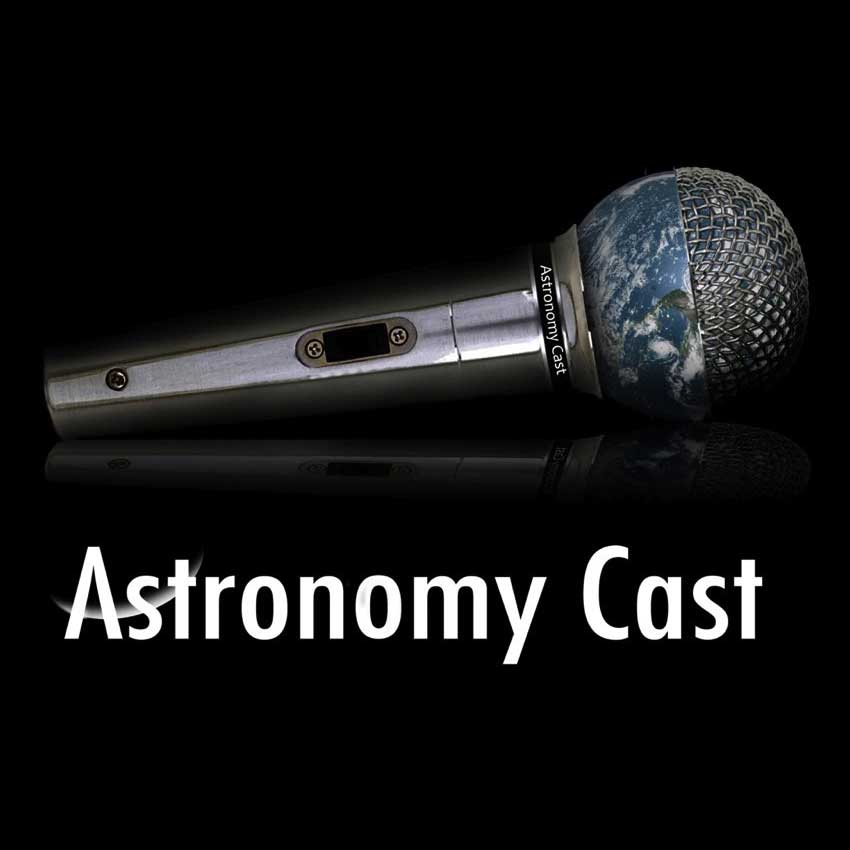


Aug 12th: A Universe of Dark Energy

Aug 5th: Meteor Showers. Yes, The Sky Is Falling!

Jul 29th: Hot Jupiters & Pulsar Planets
The planets orbiting other stars defy our expectations. Gigantic super-Jupiters whirling around their parent stars & Earth-sized fragments of exploded stars circling pulsars. Join us as we round up the latest batch of bizarro worlds.

Jul 22nd: Humans To Mars: Scientists
We’re learned about the failed missions to Mars. But the real prize will come when the first human sets foot on Mars

Jul 15th: Black Holes, Big & Small
Time for the topic you’ve all been waiting for: black holes. How black holes form, what they consume, and just how massive they can get.

Jul 8th: Getting Started in Amateur Astronomy
Got your eye on that $40 telescope at Walmart? Wait, hear us out first! Fraser and Pamela discuss strategies for getting into amateur astronomy

Jul 1st: Looking Ahead
Today, on final episode before hiatus, @AstronomyCast talk about the future. Especially for the next couple of months until the new season return in September.

Jun 24th: Summer (Science & Sci Fi) Reads

Jun 17th: Exoplanets by the Numbers
Here’s a familiar question: How’s the weather? We’re familiar with the weather on Earth. How about exoplanet? for the first time in history, astronomers can now answer that question. Here’s the story

